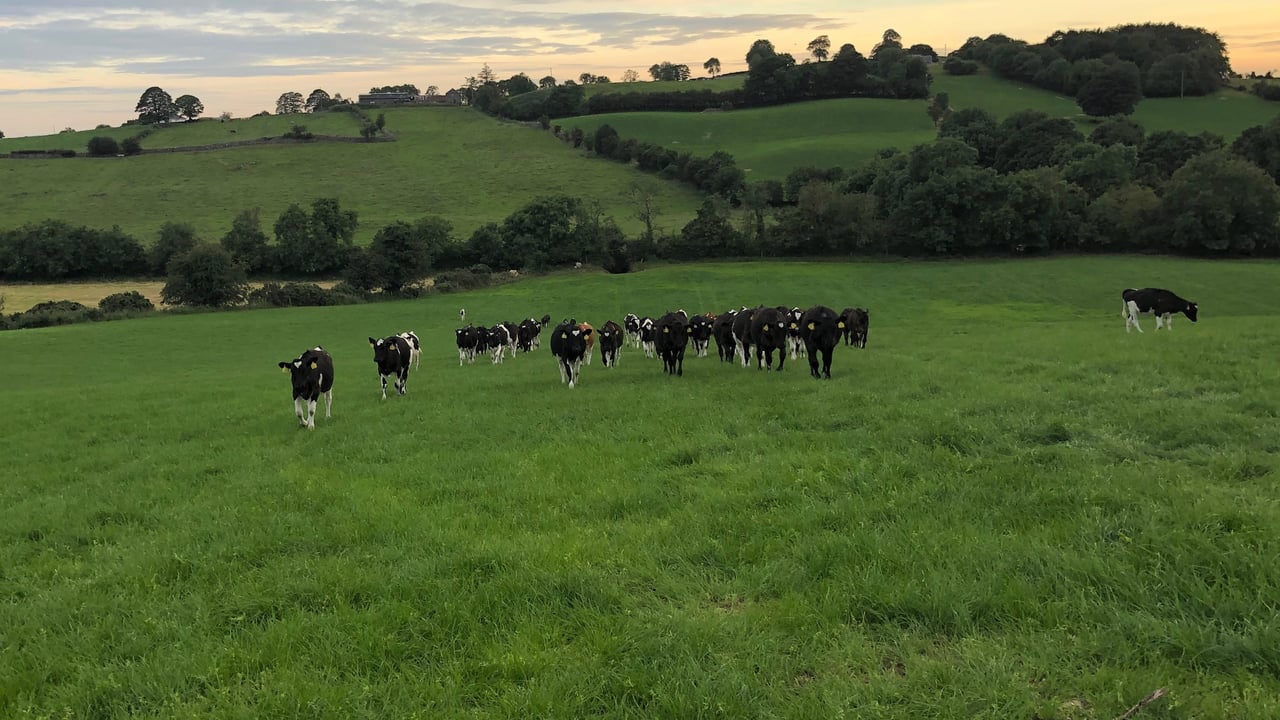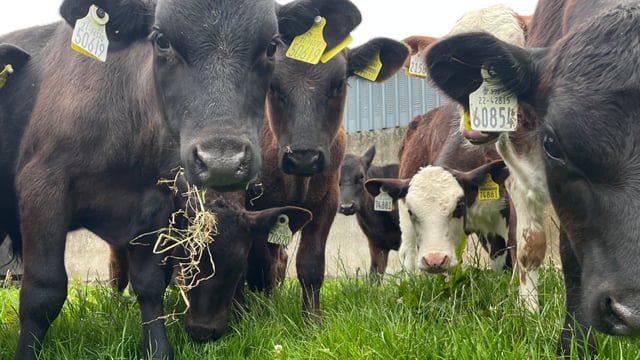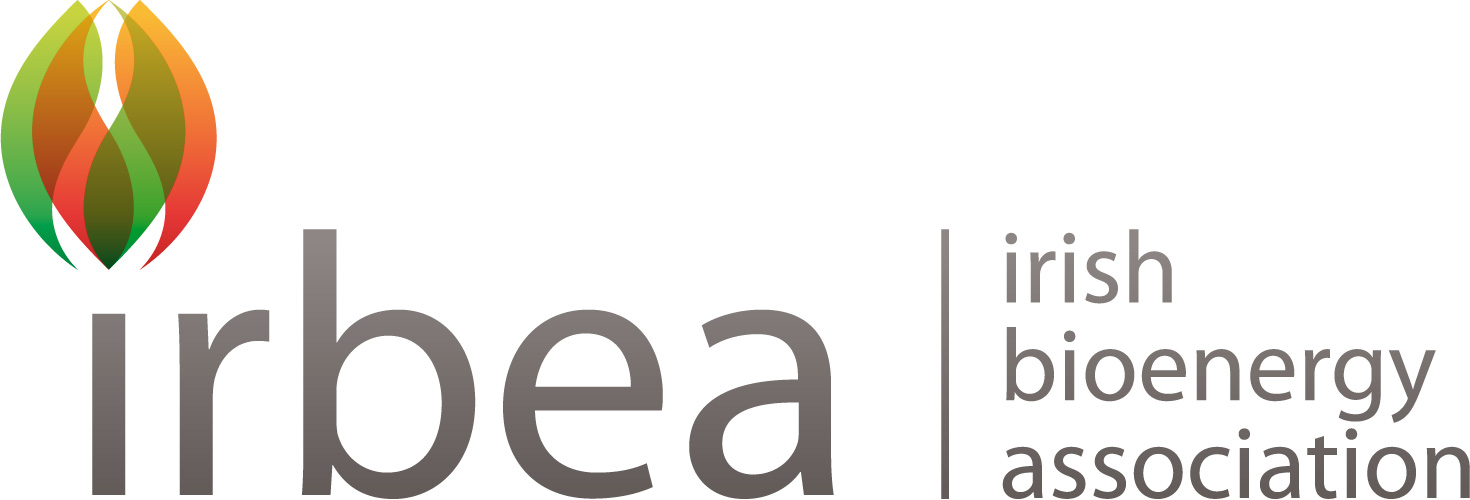What weight should your weanling heifer calves be at now?
The first of your heifer calves born In late January and early February will be coming up on six months-of-age and, at this stage, it is advised to weigh these calves to see if they are on target.
Assessing how your heifer calves are progressing and performing might identify what calves need extra attention, and identifying these calves early gives more time to get them on track before breeding next year.
Establishing their weights at this time of the year will give you time to correct below target calves from August to September, when grass is still making up the majority of the diet and before they are housed for the winter.
Ensuring that your replacement calves are reaching their target weights relative to their age is crucial for the future productivity of the herd from a fertility, health, and milk performance perspective.
There can be a huge range in growth performances of heifer calves throughout the rearing period, but getting all of your replacements on the same target will impact when they go in calf and their overall profitability.
Throughout the first summer, it is not uncommon for variations in calves weight gain to vary from 12-30kg per month, according to Teagasc.
The knock-on effect of this is that it results in heifers often being underweight, or even overweight, when it comes to the breeding season and you want to get them in calf.
Overweight and underweight heifers have shown to be at a disadvantage when it comes to fertility and milk production performance, meaning weighing your heifers is crucial to the profitability of your farm.
This is why the most important management practice for heifer rearing is regular weighing, as it will allow you assess decisions to date and plan for the months ahead.
Regular weighing and monitoring will allow you to identify any individual animals that may need some extra attention.
Keeping on top of weighing is important, but regular handling and monitoring means you will be able to monitor any health issues and pick up on cases of summer scour or coccidiosis before they turn into a major problem.
A good worming programme should also be considered during the summer months. This should be discussed with your vet, especially after a long period of dry and warm weather followed by heavy rain.
Weight targets for February-born dairy heifer calves in late July/August, as per Teagasc, are as follows:
| Maintenance index EBI (€) | -10 | 0 | 10 | 20 | 30 |
|---|---|---|---|---|---|
| Mature weight (kg) | 690 | 640 | 590 | 540 | 490 |
| Target kg at six months-of-age (30% of mature weight) | 207 | 192 | 177 | 162 | 147 |
A farmer should calculate the group average and identify the calves that are behind the average.
The calves behind the target should be possibly grouped on their own and allocated access to more concentrates and fodder until they catch up with the rest of the heifers.
Calves at this time of the year should have access to high quality grass, while introducing extra concentrates if needed to meet target weights.
Calves should be eating at least 2.2% of their target bodyweight by now, which equates to about 4kg dry matter (DM)/day for a Friesian-type calf.
The main targets for heifers are: 30% of their mature bodyweight by six months-of-age; 60% of their mature bodyweight at bulling (15 months-of-age); 90% of their mature bodyweight when they first calf at 24 months.
If farmers do not have an accurate maintenance figure, they could weigh a couple of their mature cows and work off that figure.
If you do not have a weighing scales on the farm, see if you can rent a scales off your local mart or neighbour.





